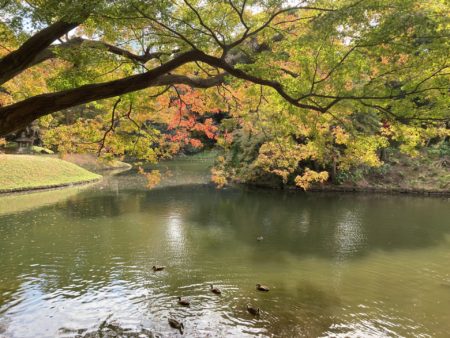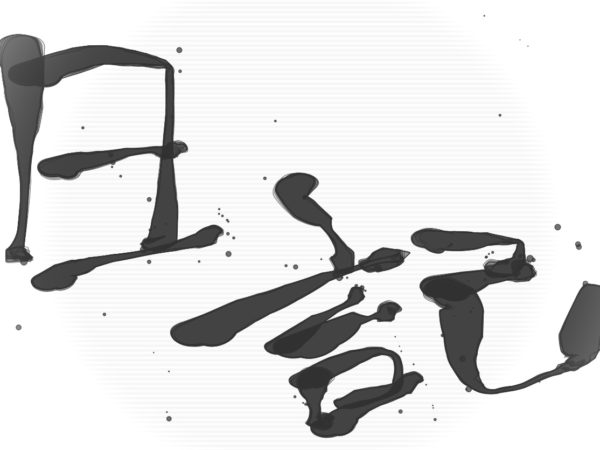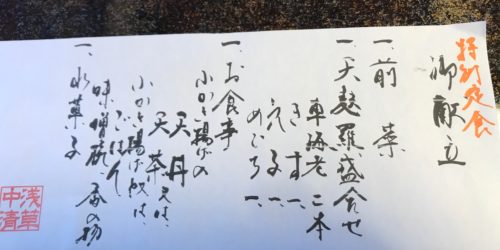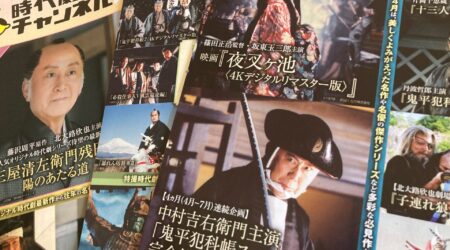Every time I go there, I imagine the Edo period
A large historical Japanese garden named “Koishikawa Korakuen” is located in Bunkyo-ku, Tokyo.
When I go to the Hosho Noh Theater, I sometimes drop by that garden.
The lush, green garden and birds singing always make me forget that I’m in the middle of a metropolis.
Every time I go there, I imagine the Edo period.
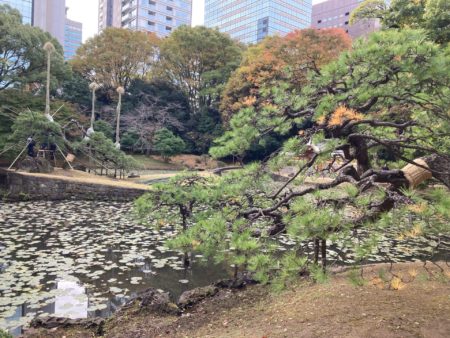

Old Tokyo, which was called, “Edo”, was the world’s most populous city during the eighteenth century.
However, Edo was different from any other big city in the world.
In conclusion, the entire city of Edo was a kind of large garden.
Albert Charles Du Bousquent, who was a consul of France, wrote the following:
If non-Japanese people will travel to Edo, they will mistake the city of Edo for a suburban village and Edo Castle as the city of Edo.
I think that he had keen eyes.
Actually, Edo was a big city that included farms, fields, and gardens.
So, Edo didn’t have any huge structures except for the Edo Castle.
George Smith (a bishop of Victoria parish, Hong Kong) wrote the following:
There were so many “Hyde Parks” or “Kensington Gardens” in the city of Edo.
I don’t think that the mixture of spirituality and nature was anything special for the Japanese people in the Edo period.
It was reflected in the city of Edo.
Their values were completely different from modern Japanese people, including me.
Our values and common sense have been influenced by Western culture and economic principles with the times.
The high-rise buildings or Metropolitan Expressway in Tokyo indicate the economic rationality of modern Japan.
However, I sometimes think that my country could have taken a different path.
In a way, Japan lost its historic culture, which is rare in the world.
